Many Western tanks and armored vehicles supplied to Ukraine were damaged in the war, making it difficult for Kiev to repair and restore them.
The US and its allies have transferred thousands of tanks and armored vehicles to Ukraine since the beginning of the war, including many modern models such as Challenger 2, Leopard 2 and Bradley, to help Kiev gain the upper hand on the battlefield.
Compared to Soviet-made vehicles, Western tanks and armored vehicles are designed to be more solid and have separate ammunition compartments, so they are often only disabled but not completely destroyed when hit by bullets, allowing the crew to escape safely. In return, they are often heavier and more expensive to manufacture.
"The Leopard 2's ammunition compartment is mounted on the turret and explodes outside when hit," said Forbes military expert David Axe. "The Russian tank, on the other hand, has its ammunition compartment under the turret. When hit and exploded, it blows the turret off."
Jack Watling and Nick Reynolds, two analysts at the Royal United Services Institute (RUSI), said this design makes the tank
Western vehicles were designed with the goal of ensuring "crew survival", while for Soviet-made vehicles, a breach in the vehicle's armor meant "disaster for those inside".
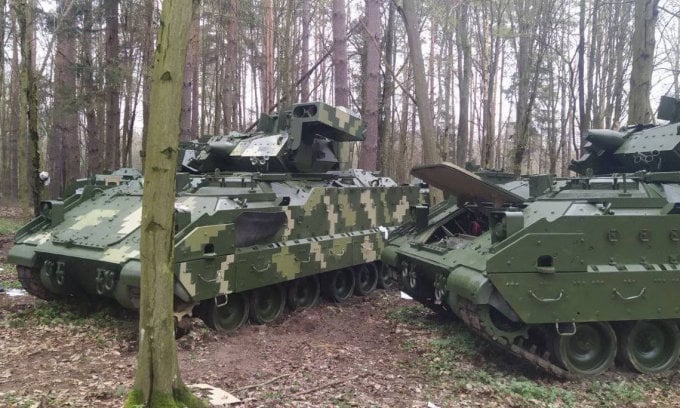
Bradley infantry fighting vehicle in Ukraine. Photo: Ukrainian Ministry of Defense
According to statistics from Oryx, a Netherlands-based open-source intelligence analysis site, Ukraine has lost 16 Leopard 2 tanks out of more than 70 delivered since the beginning of the war, of which 10 were damaged. As for Bradley armored vehicles, Ukraine has lost more than 50, equivalent to about half of the vehicles delivered.
Olexandr Solon'ko, a Ukrainian soldier, said that damaged Western tanks and armored vehicles are often towed back to the rear by the Ukrainian army for repair or to be dismantled for parts. The process of rescuing damaged vehicles on the battlefield is fraught with risks due to pressure from the Russian army.
“The Russians are looking for teams that recover damaged vehicles,” said the Ukrainian soldier. “The teams that recover tanks have to move on narrow roads, and they have to be careful not to enter minefields. They have to take risks.”
Ukraine has re-deployed dozens of IMR-2 engineering vehicles that were stored in storage, and ordered more armored recovery vehicles (ARVs) from the US and its allies to meet increased demand on the battlefield.
For tanks and armored vehicles that are lightly damaged or easily repaired, the Ukrainian military will move them to areas near the battlefield to quickly fix the damage and return them to combat. This type of repair requires Ukraine to have a large reserve of spare parts.
“Finding replacement parts is a challenge, especially for vehicles that are no longer in production,” said Jack Watling and Nick Reynolds, two analysts at the Royal United Services Institute (RUSI) in the UK.
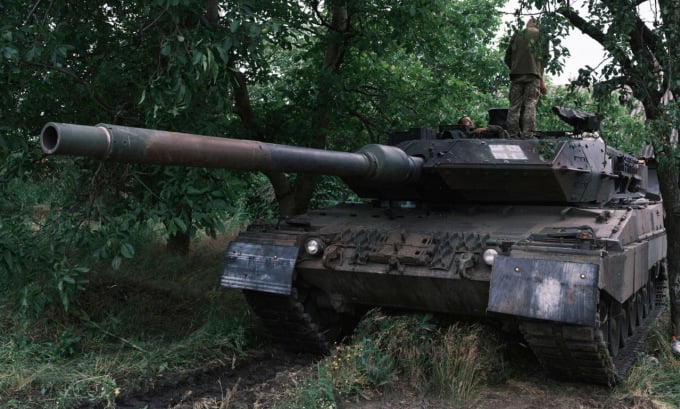
Ukrainian Leopard 2A6 tanks deployed in Zaporizhzhia province on June 15. Photo: Spiegel
Ukraine will send badly damaged vehicles abroad for repair. Poland is repairing Ukraine’s Leopard 2A4 tanks and Bradley infantry fighting vehicles, while Germany will restore newer Leopard 2A6s. Experts say Ukraine will need more support as the number of damaged combat vehicles continues to rise.
“Repairing Ukraine’s tanks and armored vehicles should be a top priority for Kiev’s allies this coming winter and beyond,” Axe said. “Ukraine’s repair needs will only get greater.”
German arms giant Rheinmetall announced plans on July 28 to build a tank repair center in Ukraine this summer, to save on transportation time. A week earlier, Poland opened a maintenance facility in the city of Gliwice to repair damaged Ukrainian tanks.
However, the facility’s repair capacity is limited by a lack of parts. Bumar Labedy SA, the group that manages the facility, said that German Leopard 2 manufacturers refused to share intellectual property rights on some tank components, causing the center to run out of parts and drive up repair costs.
In April, Berlin and Warsaw reached an agreement to build a joint maintenance center for Leopard 2 vehicles in Poland, but the project was canceled due to disagreements over repair costs.
“Efforts by other countries to speed up the repair of Ukrainian tanks have so far been ineffective,” said Gustav Gressel, a defense expert at the European Council on Foreign Relations (ECFR). “This could have a major impact on Ukraine’s operational planning.”
Pham Giang (According to Forbes, CBC )
Source link


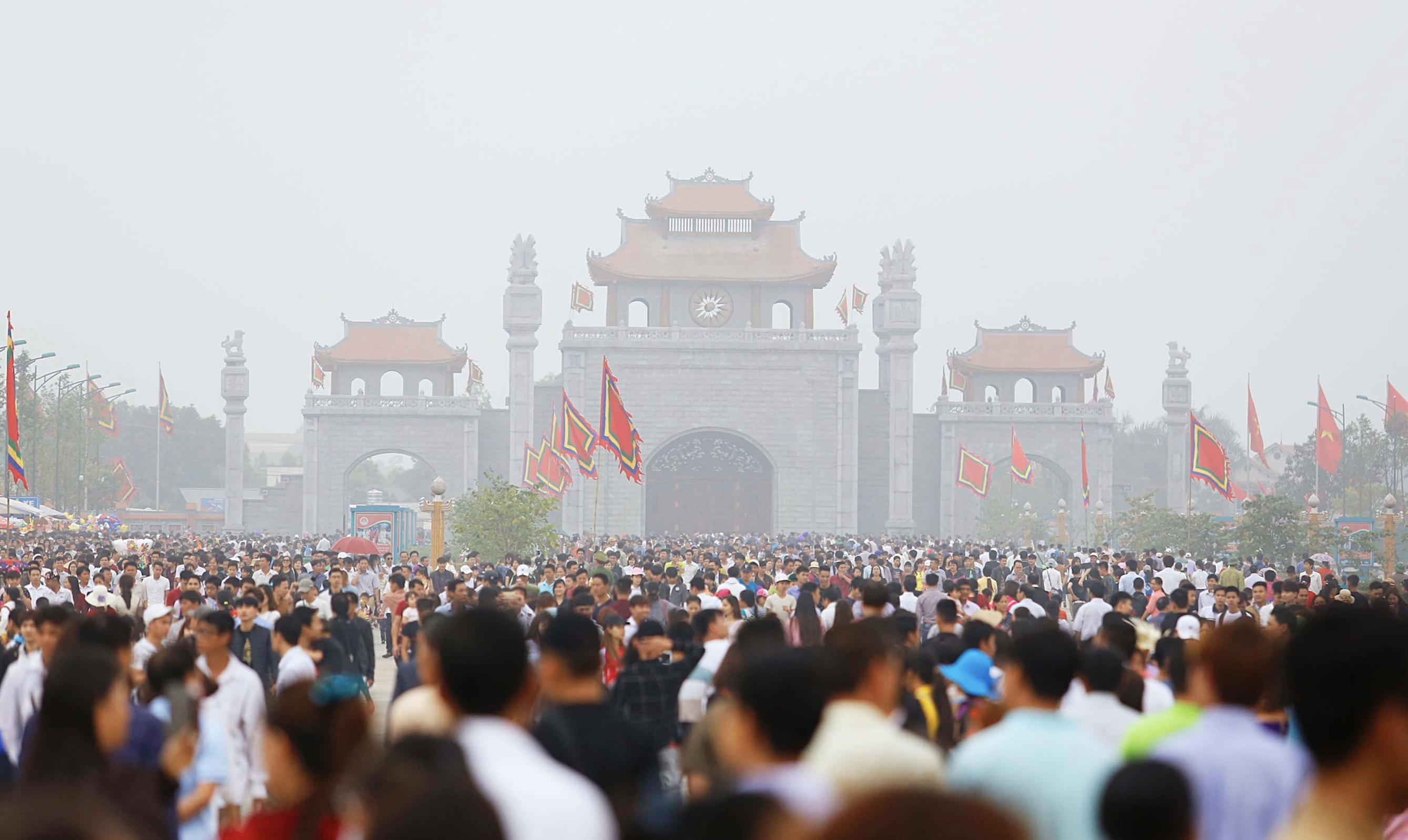
![[Photo] Ho Chi Minh City speeds up sidewalk repair work before April 30 holiday](https://vstatic.vietnam.vn/vietnam/resource/IMAGE/2025/4/3/17f78833a36f4ba5a9bae215703da710)
![[Photo] Prime Minister Pham Minh Chinh chairs the first meeting of the Steering Committee on Regional and International Financial Centers](https://vstatic.vietnam.vn/vietnam/resource/IMAGE/2025/4/3/47dc687989d4479d95a1dce4466edd32)
![[Photo] A brief moment of rest for the rescue force of the Vietnam People's Army](https://vstatic.vietnam.vn/vietnam/resource/IMAGE/2025/4/3/a2c91fa05dc04293a4b64cfd27ed4dbe)
![[Photo] Prime Minister Pham Minh Chinh chairs meeting after US announces reciprocal tariffs](https://vstatic.vietnam.vn/vietnam/resource/IMAGE/2025/4/3/ee90a2786c0a45d7868de039cef4a712)
![[Photo] General Secretary To Lam receives Japanese Ambassador to Vietnam Ito Naoki](https://vstatic.vietnam.vn/vietnam/resource/IMAGE/2025/4/3/3a5d233bc09d4928ac9bfed97674be98)
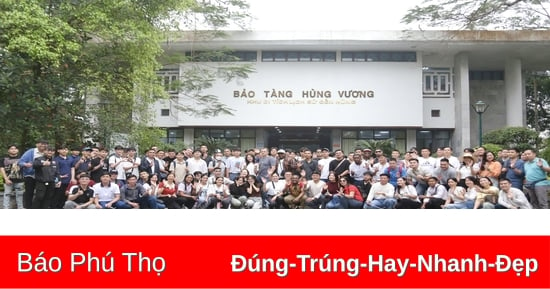

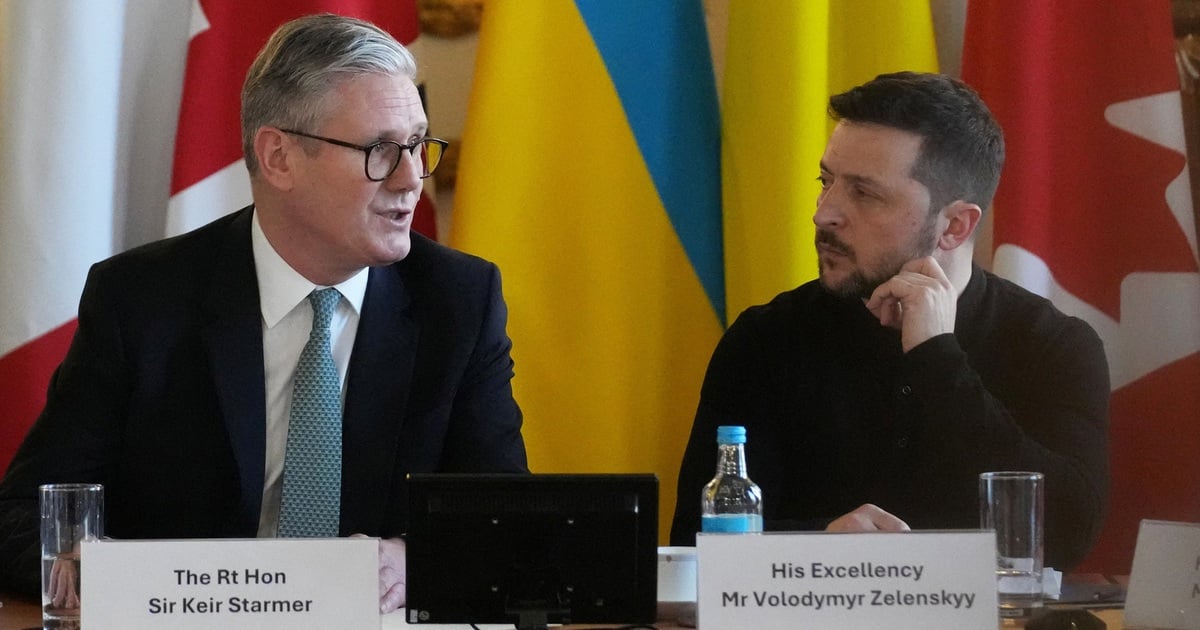

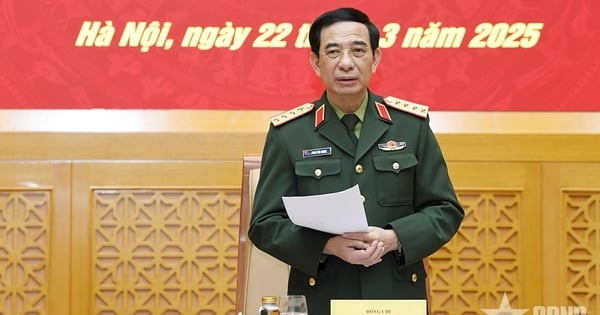

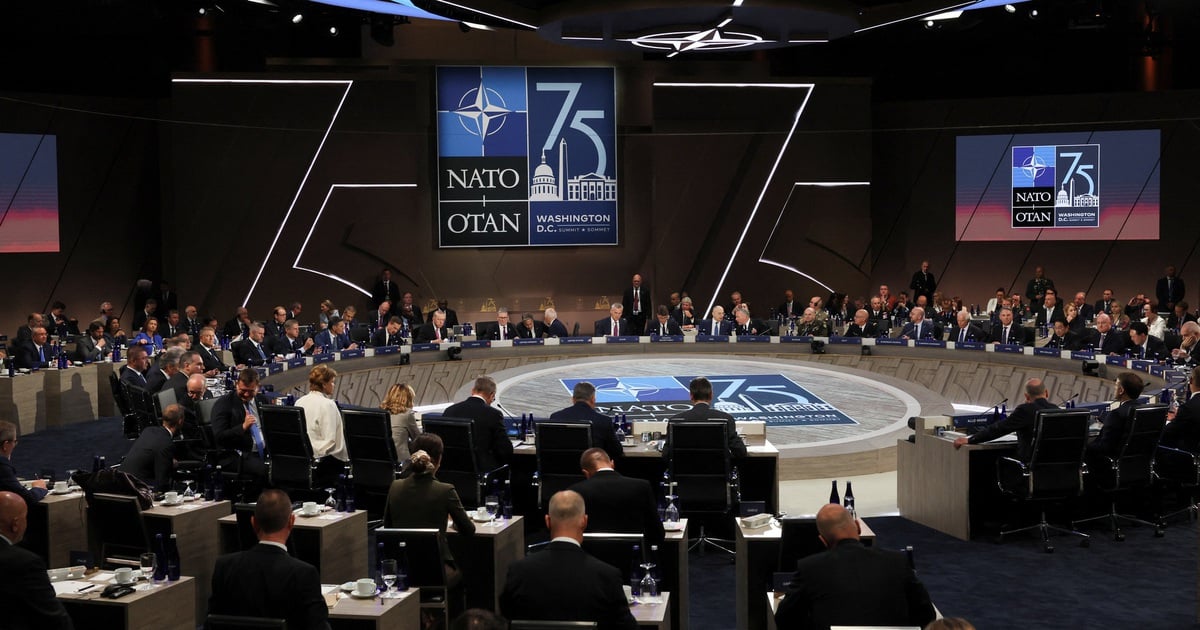
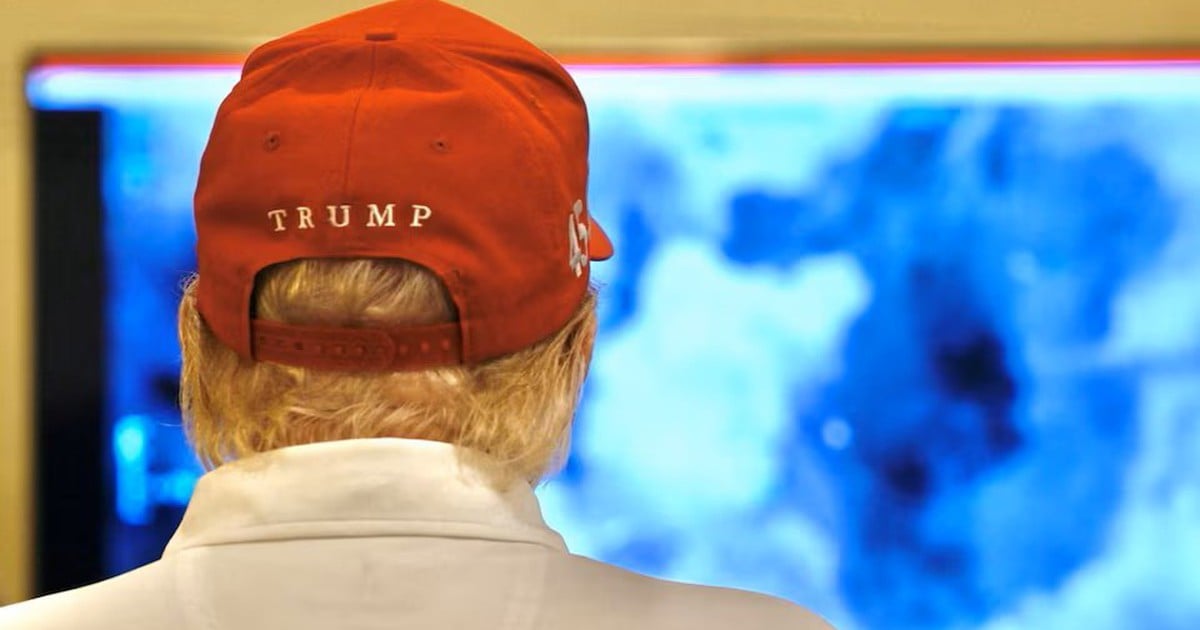


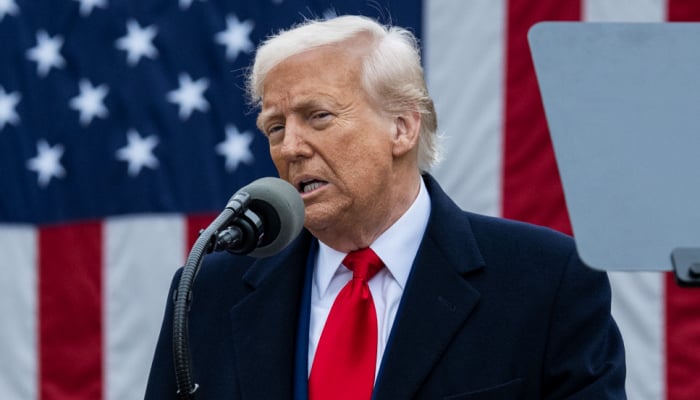

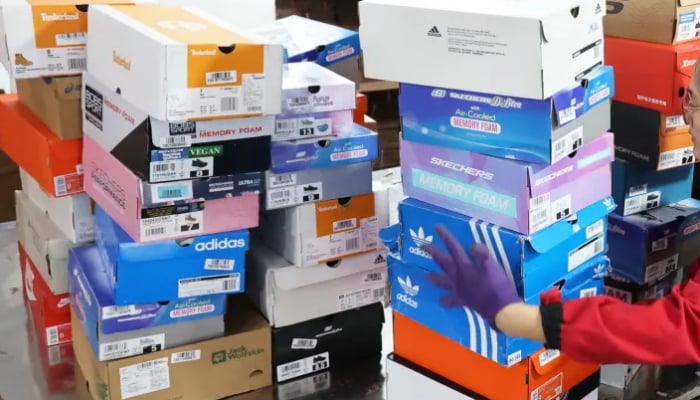
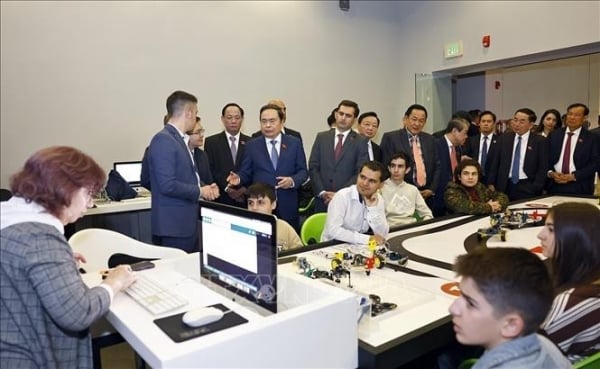
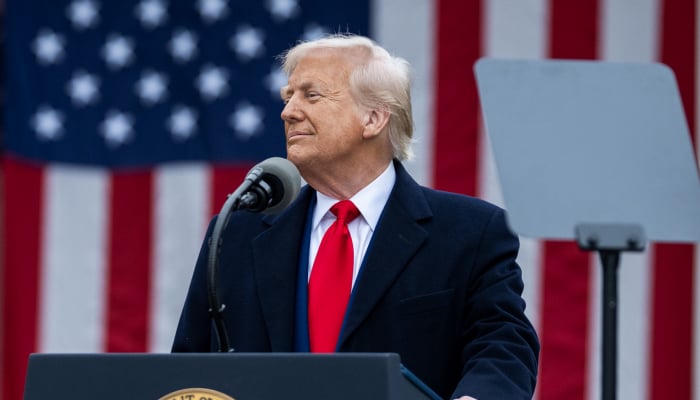
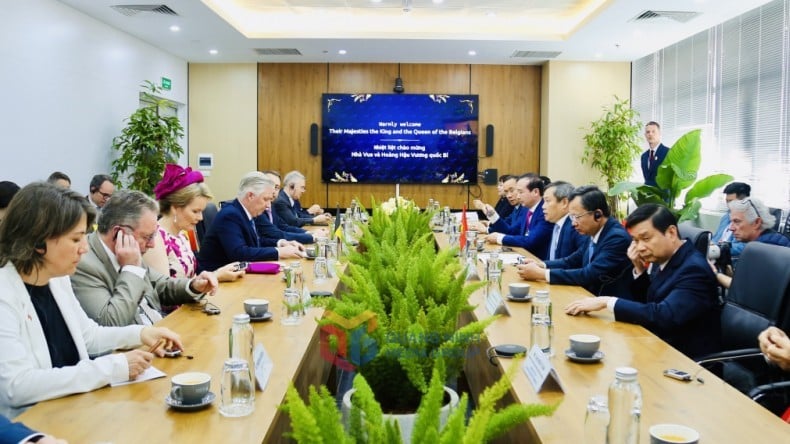












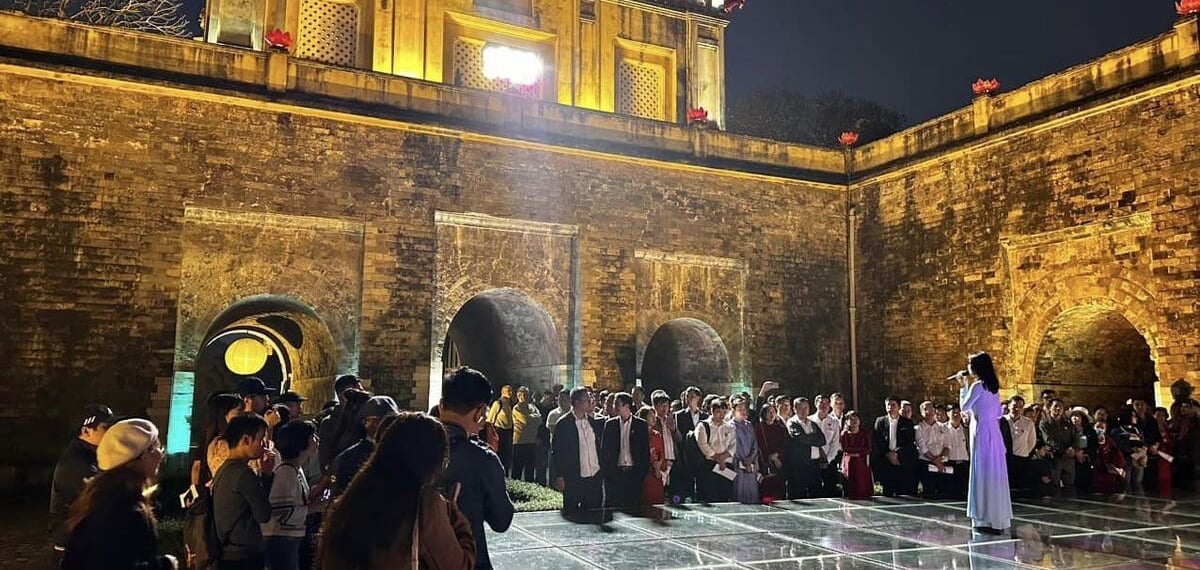

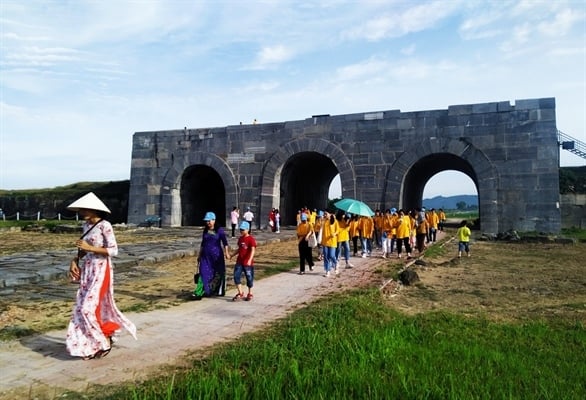



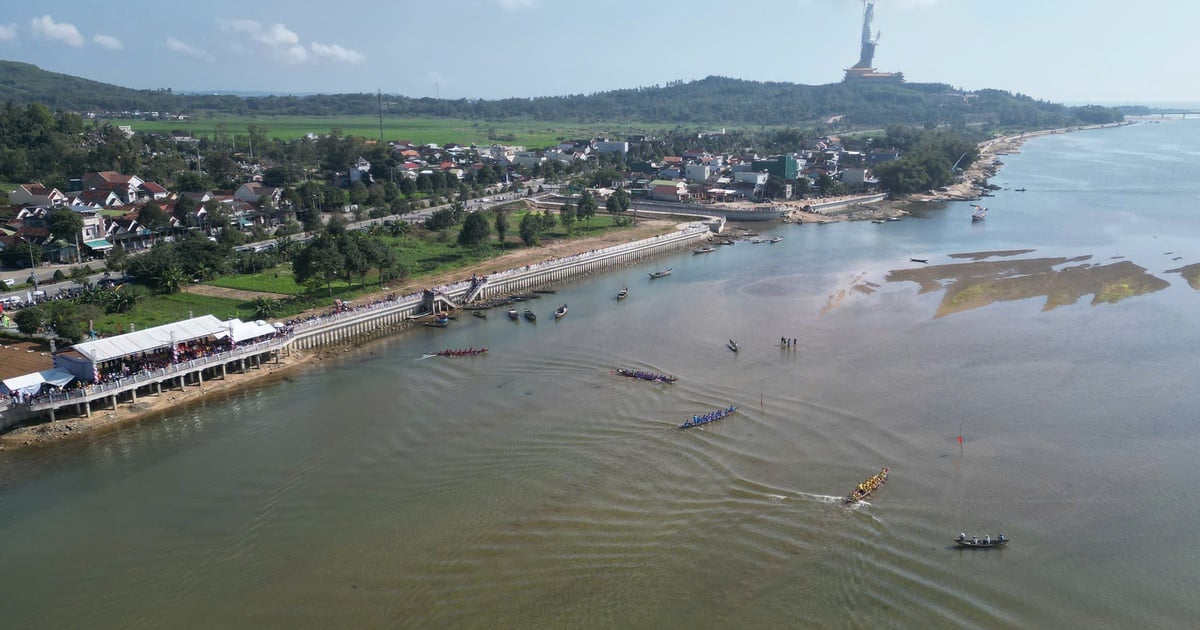

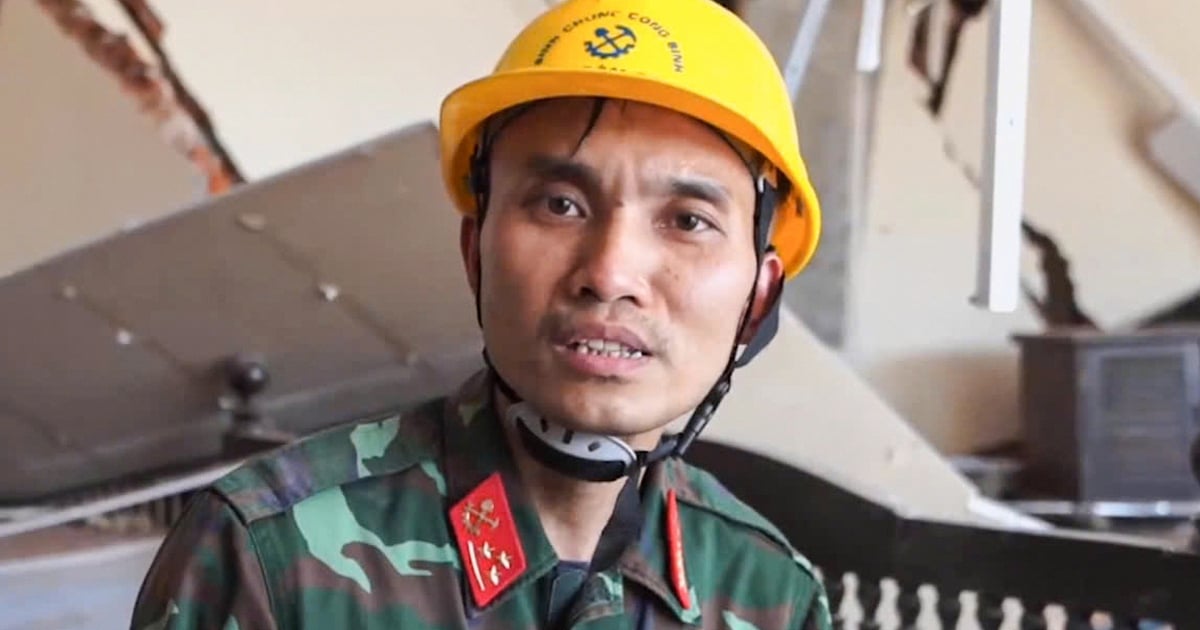
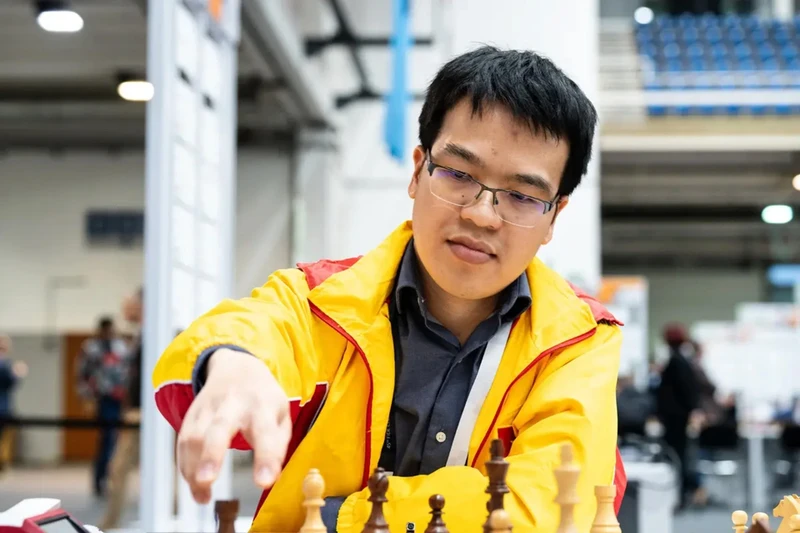
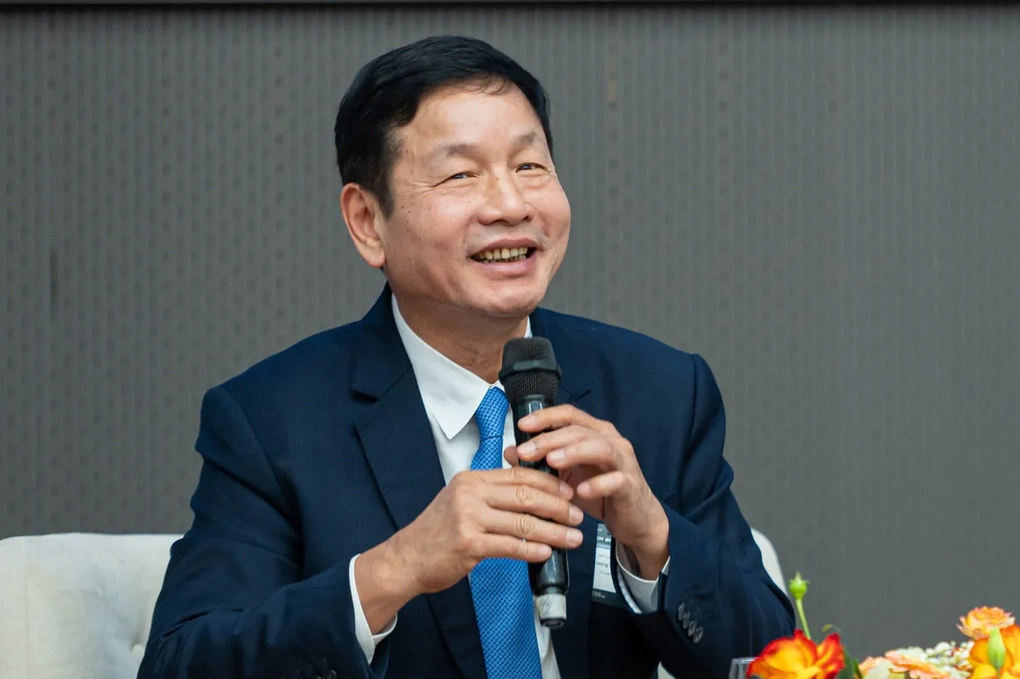


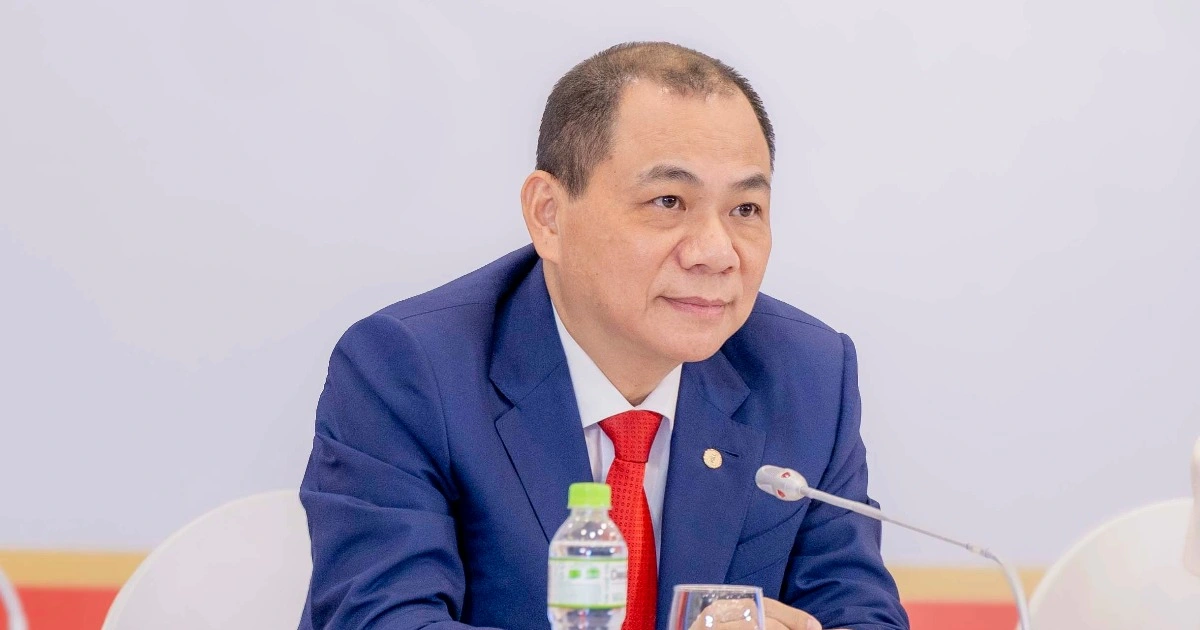








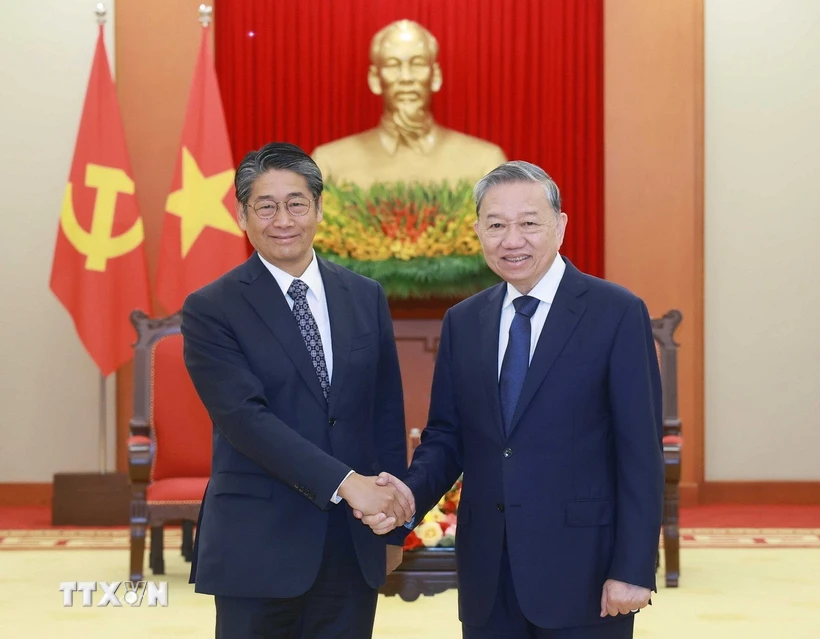

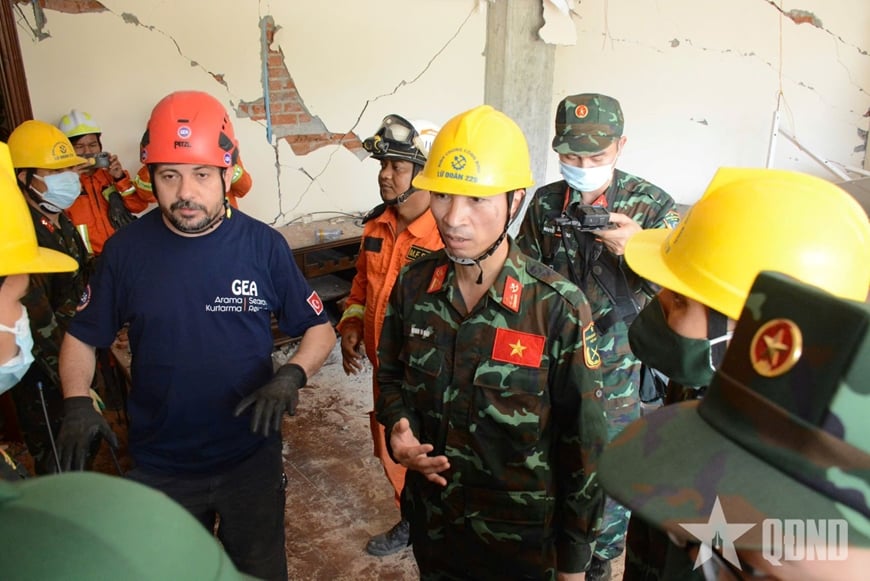
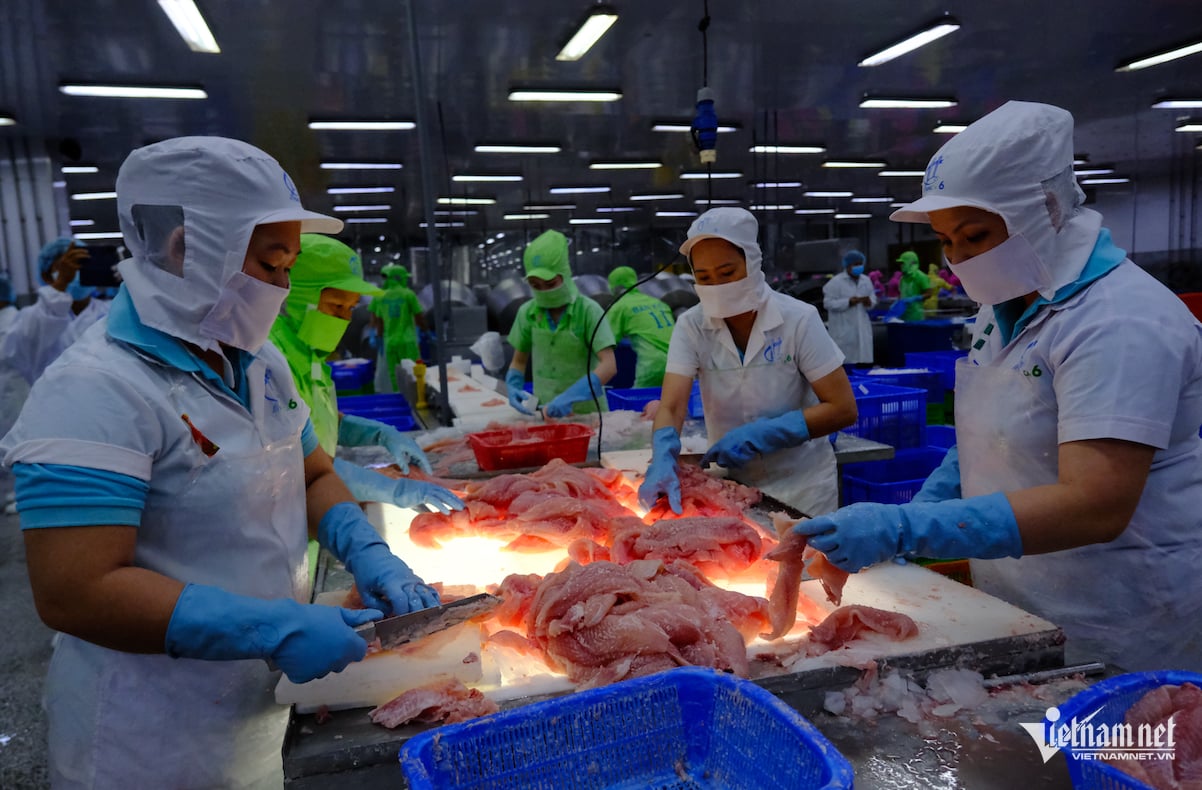

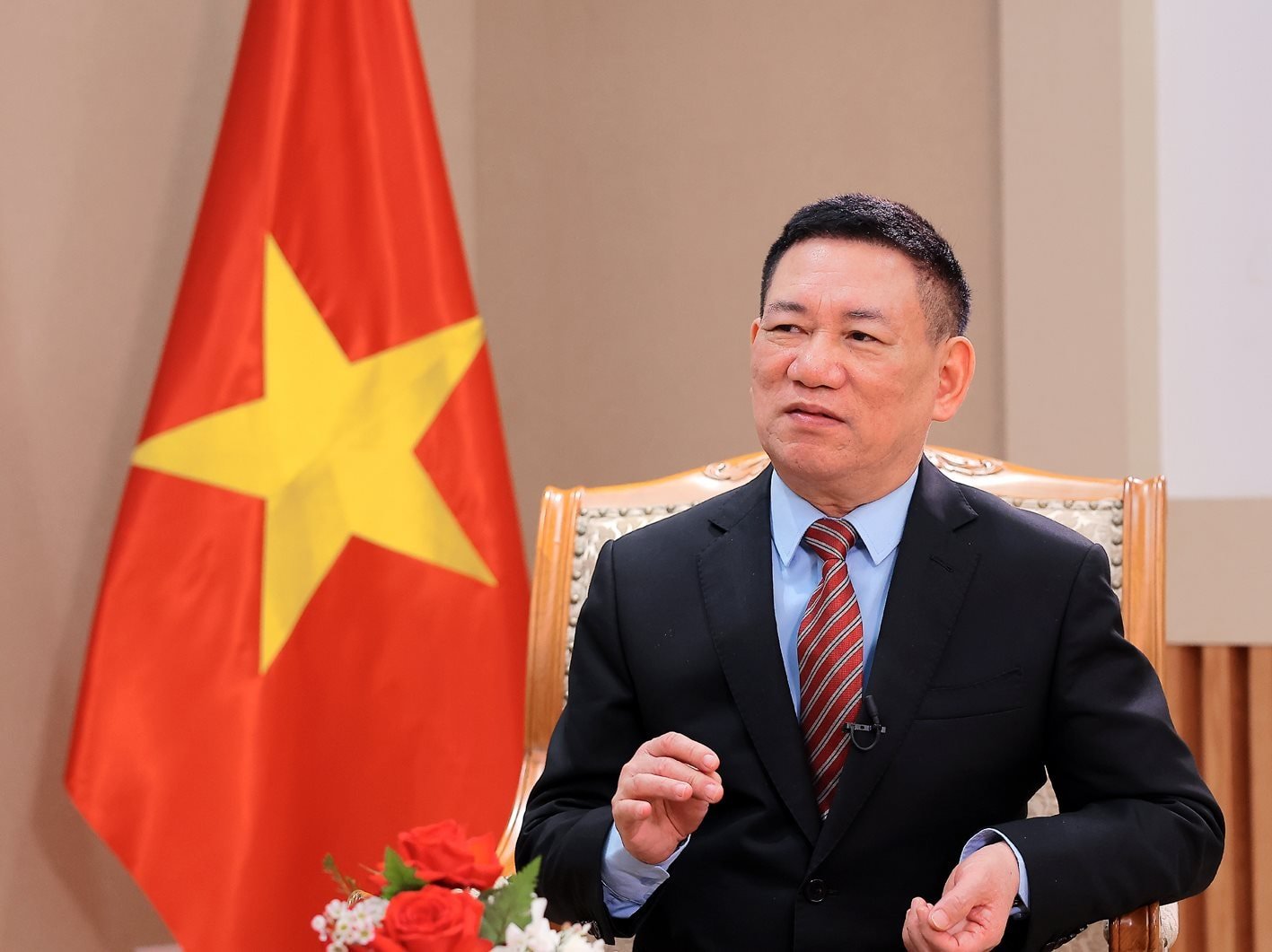


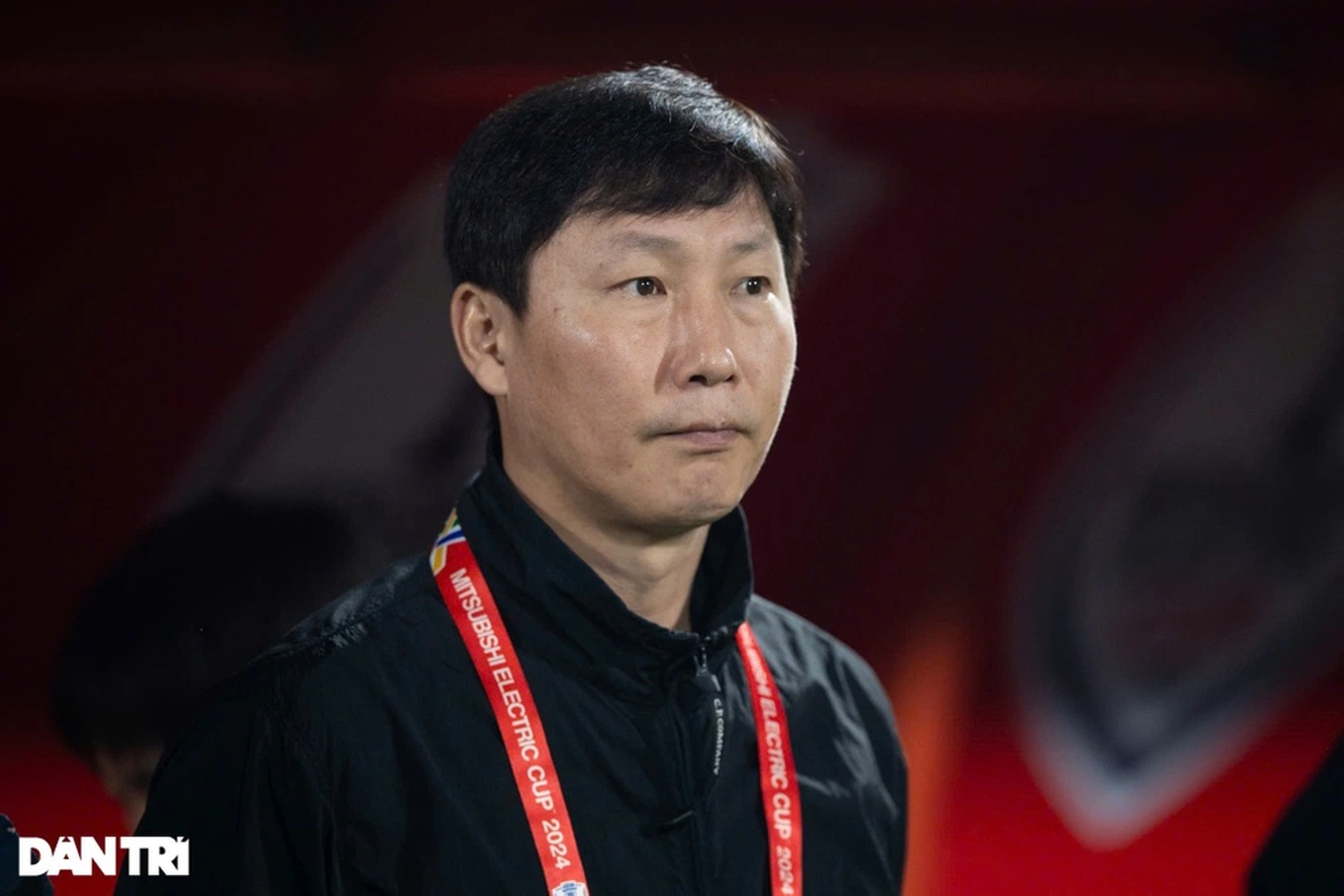


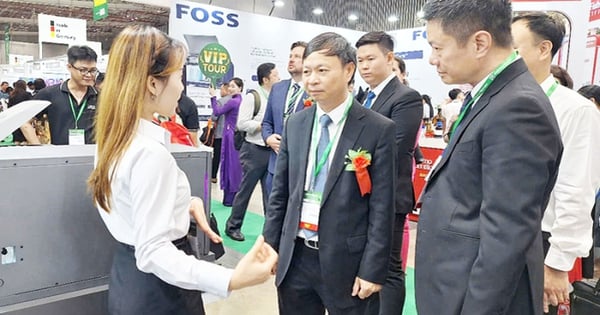

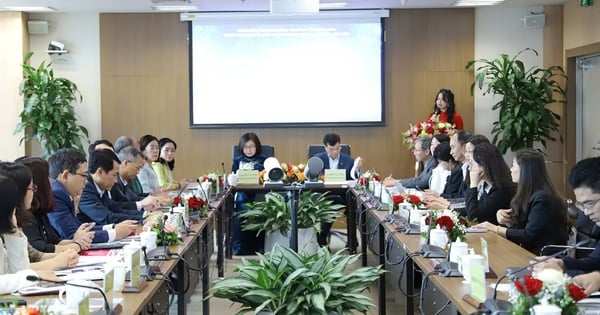
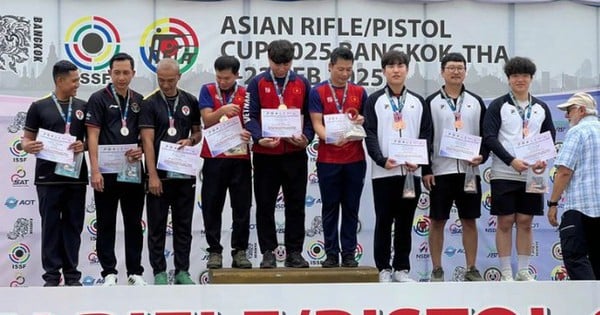


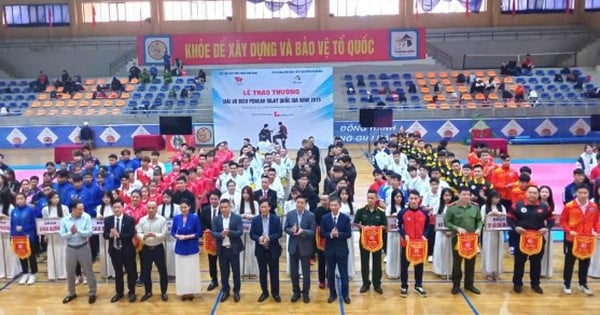
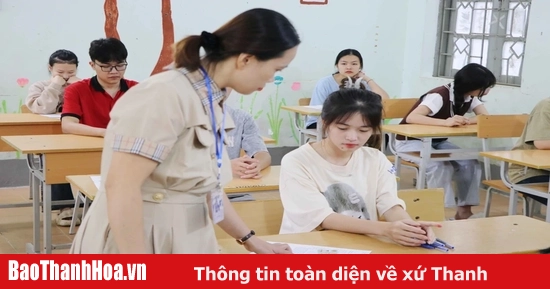
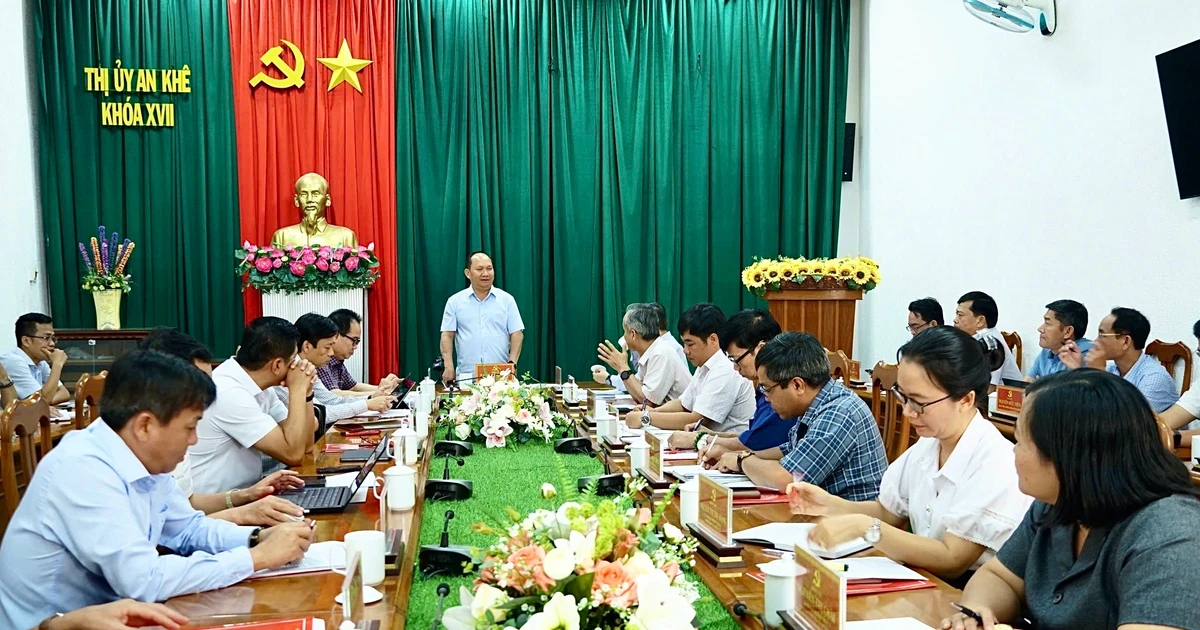

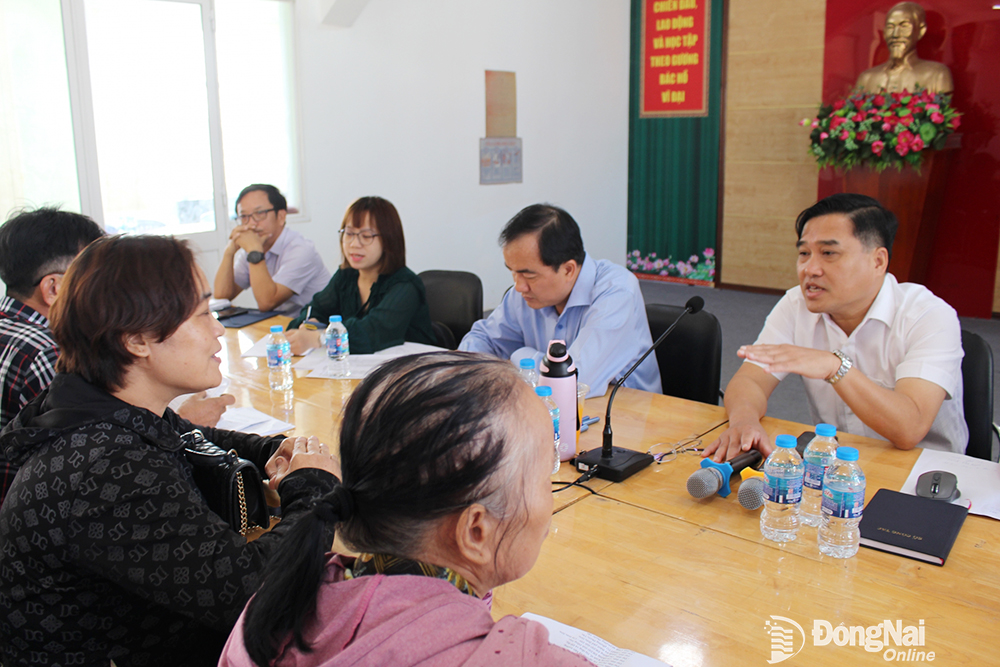




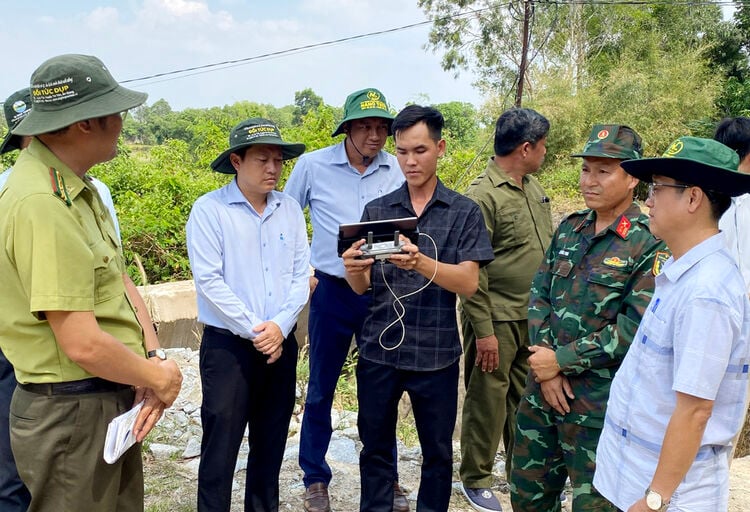













Comment (0)